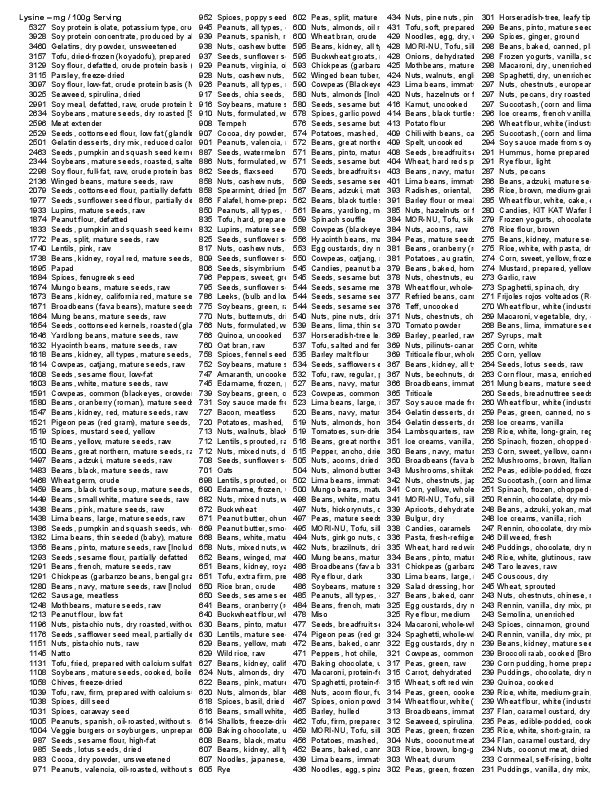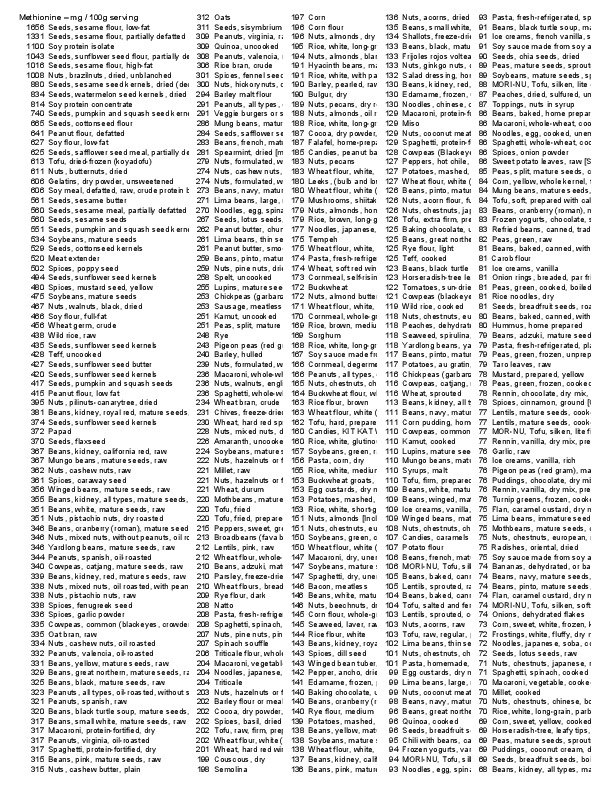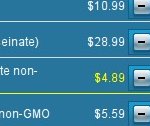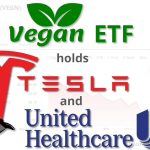Thank you for going to the trouble of doing the calculations and sharing the info. Do you have a list…
The Methionine + Lysine Complete Protein Cheat Sheet
Being a self-educated vegan, it’s easy to muck things up–especially when it comes to eating the right protein when the FDA doesn’t require foods to be labeled with their amino acid contents. The mere grams of protein in a meal is insufficient information to determine how much protein your body can actually absorb.
I recently ran across the concept of a complete protein on wikipedia. One of the limiting factors of the adult body being able to turn amino acids into protein depend on the ratio of 7 different amino acids. If any one of these proteins is too low, it becomes the limiting amino acid / bottleneck on your body being able to build protein. These amino acids and their proportions necessary to form a complete protein are listed below (copied from wikipedia):
Essential Amino Acid mg/g of Protein Tryptophan 7 Threonine 27 Isoleucine 25 Leucine 55 Lysine 51 Methionine+Cystine 25 Phenylalanine+Tyrosine 47 Valine 32 Histidine 18
Complete proteins are found naturally in meats, but a plant-based diet is generally limited by their methionine and lysine proportions. Fortunately, a diet rich in rice (a good source of methionine) and beans (a good source of lysine) provides a vegan diet with a complete protein. This is why rice+beans is a common staple to many cultures around the world.
After learning this, I hopped over to https://nutritiondata.self.com/ and searched for a comprehensive list of foods highest in methionine and lysine.
I copied all the vegan query’s response to a spreadsheet, and here’s the resulting Vegan Complete Protein Cheat Sheet:
mg Methionine / 100g serving of vegan foods
mg Lysine / 100g serving of vegan foods
Other formats:
* methionine.pdf
* lysene.pdf
* Open Office spreadsheet
Related Posts
 February 12, 2011
·
February 12, 2011
·  Michael ·
Michael ·  4 Comments
4 Comments
 Tags: amino acids, beans, health, lysine, methionine, protein, rice, vegan, vegetarian · Posted in: diet, health, vegan, vegetarian
Tags: amino acids, beans, health, lysine, methionine, protein, rice, vegan, vegetarian · Posted in: diet, health, vegan, vegetarian






4 Responses
Do you understand the essential amino acids? - July 2, 2011
[…] Green The Methionine + Lysine Complete Protein Cheat Sheet has some good lists of vegan sources of lysine and methionine. I second the suggestions of hemp. I find adding hemp protein powder to smoothies to be one of the easiest ways to drastically increase my protein intake as a vegan. Hemp has all of the essential amino acids, but the ratios aren't entirely ideal (tryptophan is the limiting one). There are several commercial mixtures which correct for this – most seem to contain hemp, rice, and pea protein. Russianrocket also has a point, although he put it rather abrasively. A high percentage of people don't tolerate gluten well, and I'm yet to hear of anyone who thrives on huge amounts of processed wheat in any form. Eating a bit of it won't kill you, but it's probably not wise to make it a huge part of your diet. Good luck. […]
Green » Cheap Vegan Protein Shakes - March 31, 2012
[…] 2012-03-31: If you want a better distribution of amino acids (to form a complete protein), you might want to go with the pre-mixed Vegan Protein Optimizer Formula made from a mix of Rice, […]
Green » Vegan Complete Protein Ratios - July 14, 2019
[…] One of the most ubiquitous combinations of food found in indigenous cultures around the world is rice and beans. Rice (high in lysine) and beans (high in methionine) provide the body with all the essential amino acids necessary to build protein that would otherwise be lacking from a vegan diet. For a great cheat-sheet listing vegetarian foods that provide the highest concentrations of lysine and methionine amino acids per 100g serving, checkout my post on The Methionine and Lysine Complete Protein Cheat Sheet. […]
There is a way to calculate the limiting amino acid of any particular food item, based on the absolute quantity that you need daily. I was surprised (based on decades of hearing that beans and rice makes a complete protein) to find out that even in this or other plant-based food combinations, lysine and methionine generally continue to be limiting amino acids. They are just less limiting – maybe you get up to 15% of what you need instead of only 12% (just random numbers for example – don’t take this as quoting a fact), and maybe in combination you get just enough more of the lysine or methionine that something else (eg leucine) becomes limiting. The actual calculations are a bit complex and every food is different, so for anyone interested, look it up on a few websites and find one that works for you. If you’re interested in eating whole foods and not a highly processed protein shake powder mix, it’s worth learning how to do it, or to having a couple good website calculators to do it for you. By all means, include a variety of foods and include some of the small number of plant foods considered complete on their own – buckwheat, quinoa, hemp hearts, soybeans/edamame etc. At the same time, remember that each food, even when it’s considered a complete protein, still has a limiting amino acid for that specific food – it’s just whichever one provides the smallest proportion of what you need. And finally, part of the equation is the total quantity of food you eat, and what your specific needs are. If all you ate, over the course of one day, was one pound of beans and rice, you would not get enough lysine and methionine. If you ate enough beans and rice, you would get enough of the lysine and methionine. But it might require you to eat 5 pounds instead of one. And who wants to eat that much beans and rice? Too many calories, and the non-limiting amino acids just go to waste.
Leave a Reply